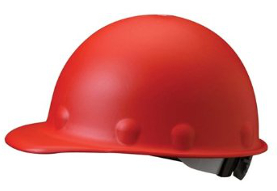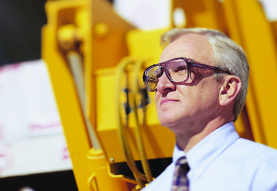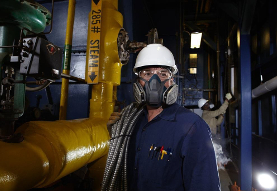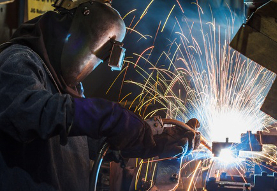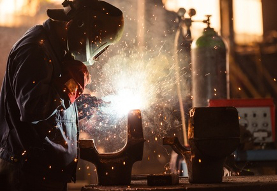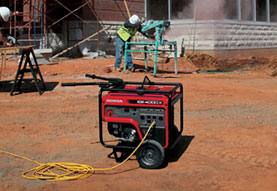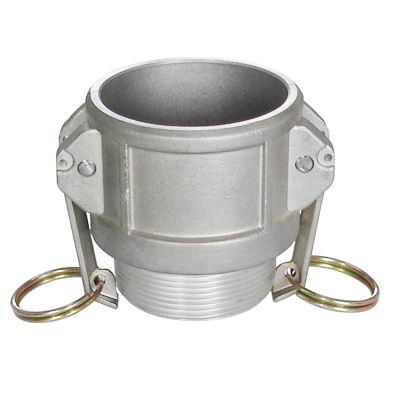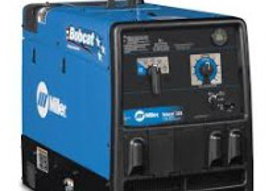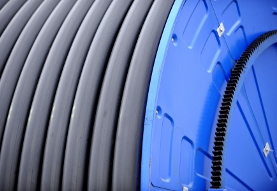 Hose reels are a relatively simple piece of equipment, yet they serve a pivotal function in a variety of different applications that require hoses, such as industrial and commercial businesses, emergency services like firefighting, and even private use. Hose reels provide a convenient, tidy way to store hoses when they are not in use that will also help protect the hose from wear and tear and environmental damage. However, because of the many different circumstances that call for hose reels there are also different types of hose reels available. In order to get the maximum benefit from your hose reel it is imperative that you select the best one for your situation.
Hose reels are a relatively simple piece of equipment, yet they serve a pivotal function in a variety of different applications that require hoses, such as industrial and commercial businesses, emergency services like firefighting, and even private use. Hose reels provide a convenient, tidy way to store hoses when they are not in use that will also help protect the hose from wear and tear and environmental damage. However, because of the many different circumstances that call for hose reels there are also different types of hose reels available. In order to get the maximum benefit from your hose reel it is imperative that you select the best one for your situation.
One of the most salient and important ways that hose reels differ is in terms of their retraction method. There are three primary hose reel retraction methods:
- Hand Crank
- Spring Driven
- Motor Driven
Let’s take a closer look at what these different types of hose reel retraction methods refer to, how they work, and the pros and cons of each.
Hand Crank Hose Reels
Hand crank hose reels are the simplest form of hose reel retraction. They rely on manual power from the operator to retract the hose. The hose reel will have a hand crank attached and the person retracting the hose will turn that crank, thus causing the hose reel itself to turn, and thereby re-coiling the hose around the reel. As the hose recoils the person will guide it so that it wraps evenly and uniformly around the reel.
Pros - Hand crank hose reels are very simple and will not typically require very much or any maintenance. Hand crank hose reels can accommodate longer hose lengths of hose than spring driven hose reels. They also do not require any power source and are thus feasible for any location.
Cons - Hand cranks require physical work from the operator to turn. Retracting a hand crank hose reel may be time consuming or laborious depending on the length and type of hose. For this reason hand crank hose reels are also not typically used for extremely long lengths of hose that might be better suited to motor driven hose reel retraction.
Spring Driven Hose Reels
Spring driven hose reels, also sometimes referred to as spring rewind or auto rewind hose reels, utilize a spring to retract the hose. As the hose is dispensed from the reel tension on the spring increases and is stored in the form of potential energy. Once the hose is released the tension in the hose causes it to automatically rewind itself around the reel.
Pros - Spring driven hose reels do not require physical labor to retract. They are still a relatively simple piece of equipment that does not require frequent maintenance. They also do not require a power source and can thus be used almost anywhere.
Cons - Because spring driven hose reels utilize tension to retract, this makes the hose progressively more difficult to pull out from the reel at longer lengths. This in turn requires more strength and labor from the person dispensing the hose and may make spring driven hose reels unsuitable for people who are not physically up to the task or who need to dispense the hose very quickly and fluidly. The increasing tension in the hose also limits the length of hose that can be used and typically requires shorter hoses than hand crank or motor driven hose reels.
Motor Driven Hose Reels
Motor driven hose reels utilize mechanical energy generated from a motor to retract the hose. The motor used will vary and may utilize either AC or DC electrical power, pneumatic power, or hydraulics.
Pros - Motor driven hose reels require the least physical work and effort from the operator. For this reason they can also be used with the longest lengths of hoses. The type of motor used may vary and can be selected to best fit the needs of the application. Motor driven hose reels can also be made safe to use even in flammable or explosive settings.
Cons - Motor driven hose reels require a power source to work and thus may not be suitable for all locations and applications. Depending on the motor, they may also require significantly more maintenance than hand crank or spring driven hose reels.
Other Factors for Selecting the Best Hose Reel
Retraction method is not the only factor to consider when selecting a hose reel. Other important factors include:
- Mounting method and mounting position
- Hose inside diameter (I.D.), outside diameter (O.D.), and length
- Hose pressure
- Temperature requirements
- Hose material
- Hose reel material
Selecting the best hose reel for a given application may seem daunting. However, at Gopher Industrial we are committed to helping our customers get the absolute best hose reel for their needs. Not only do we offer a great selection of customizable hose reels, but our parts experts are always happy to answer any questions or provide additional information. Contact us at 1-800-997-3177 or Sales@GopherIndustrial.com.

 Hose reels are a relatively simple piece of equipment, yet they serve a pivotal function in a variety of different applications that require hoses, such as industrial and commercial businesses, emergency services like firefighting, and even private use. Hose reels provide a convenient, tidy way to store hoses when they are not in use that will also help protect the hose from wear and tear and environmental damage. However, because of the many different circumstances that call for hose reels there are also different types of hose reels available. In order to get the maximum benefit from your hose reel it is imperative that you select the best one for your situation.
Hose reels are a relatively simple piece of equipment, yet they serve a pivotal function in a variety of different applications that require hoses, such as industrial and commercial businesses, emergency services like firefighting, and even private use. Hose reels provide a convenient, tidy way to store hoses when they are not in use that will also help protect the hose from wear and tear and environmental damage. However, because of the many different circumstances that call for hose reels there are also different types of hose reels available. In order to get the maximum benefit from your hose reel it is imperative that you select the best one for your situation.